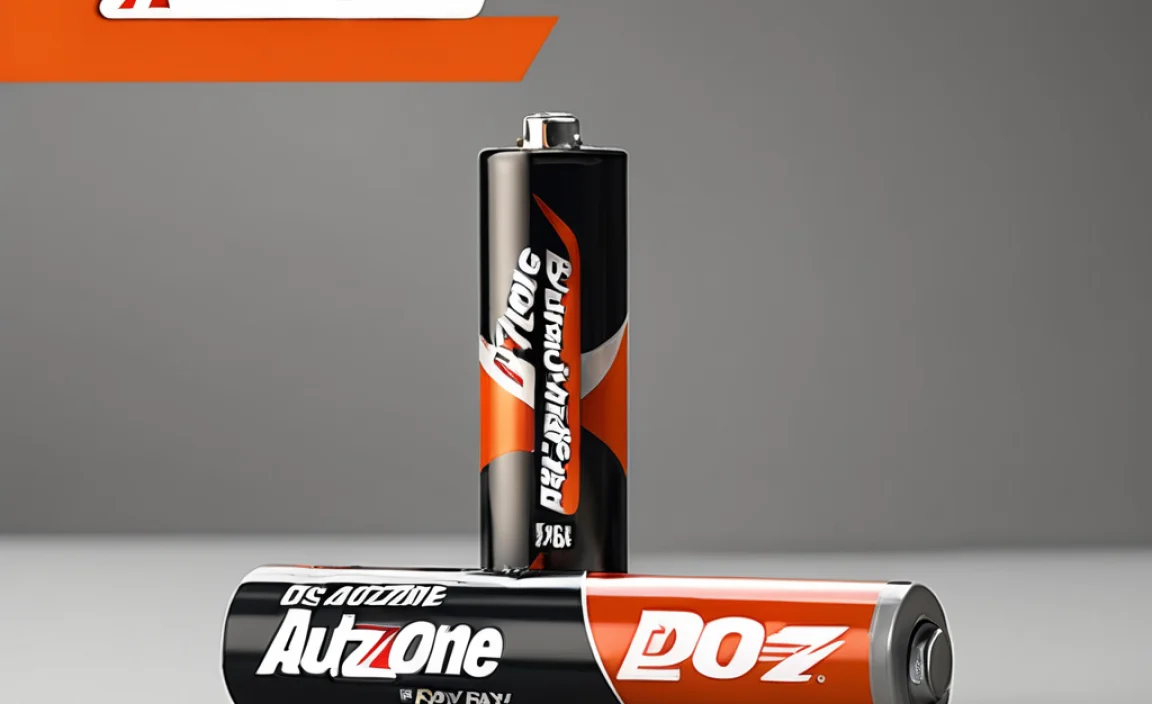Mobility Scooter Battery Charger: Best Value
Finding the best value battery charger for mobility scooter units is a crucial step in ensuring the longevity and reliable operation of your personal transport. A quality charger doesn’t just replenish your scooter’s power; it protects your investment and provides the freedom to navigate your world without the constant worry of a depleted battery. When selecting a charger, it’s not about simply picking the cheapest option. Instead, it’s about identifying a product that balances affordability with essential features, compatibility, and durability. Understanding the nuances of battery technology and charger specifications will lead you to a purchase that offers the most bang for your buck.
The core function of any battery charger for mobility scooter is to safely and efficiently deliver electrical energy to the scooter’s power source. However, not all chargers are created equal. Modern mobility scooters typically utilize deep-cycle lead-acid batteries, and some newer models may offer lithium-ion alternatives. The charger must be specifically designed to match the battery chemistry and voltage of your scooter. Using an incompatible charger can lead to undercharging, overcharging, or even damage to the battery, significantly shortening its lifespan and potentially compromising the safety of your scooter. Therefore, the first step in seeking the best value is to precisely identify your scooter’s battery type and voltage requirements. This information is usually found in your scooter’s owner’s manual or on the battery itself.
Understanding Different Battery Charger Technologies
When you’re hunting for the best value battery charger for mobility scooter models, you’ll encounter a few primary technologies. The most common are older, simpler “transformer” chargers and more advanced “smart” or “microprocessor-controlled” chargers. Transformer chargers are generally less expensive but offer less control over the charging process. They deliver a constant current and voltage, which can lead to overcharging if left connected for extended periods.
In contrast, smart chargers employ sophisticated circuitry to monitor the battery’s state of charge and adjust the charging current and voltage accordingly. They often follow a multi-stage charging process: bulk charging (rapidly delivering power), absorption charging (slowing down to top off the battery), and float charging (maintaining the charge without overstressing the battery). These smart chargers are typically more expensive upfront, but their advanced features translate to significant long-term value. They protect your battery from the damaging effects of overcharging, extending its lifespan and reducing the frequency of costly replacements. For most users, investing in a smart charger represents the best long-term value proposition for their mobility scooter.
Key Features to Look for in a Battery Charger for Mobility Scooter
Beyond the basic charging technology, several features contribute to the overall value of a battery charger for mobility scooter units. Compatibility is paramount; ensure the charger’s output voltage and connector type precisely match your scooter’s requirements. Many chargers use standard XLR connectors, but it’s always wise to double-check.
Safety features are another critical consideration. Look for chargers with built-in protections against short circuits, reverse polarity, and overvoltage. These safeguards protect both the charger and your scooter and provide peace of mind. Indicator lights are also a valuable feature, typically showing the charging status (charging, fully charged, error). This allows you to easily monitor the process and disconnect the charger when appropriate.
Another aspect of value is the charger’s build quality and durability. A well-constructed charger, often with a robust casing and quality internal components, will withstand regular use and last longer, contributing to its overall cost-effectiveness. Consider the charger’s amperage rating as well. A higher amperage charger will typically charge your scooter’s battery faster, which can be a significant convenience if you frequently use your scooter and need to top it off quickly. However, ensure the amperage is within safe limits for your specific battery type.
Maximizing the Lifespan of Your Mobility Scooter Battery
Purchasing the best value battery charger for mobility scooter is only one part of the equation for optimal battery performance. Proper battery maintenance practices are equally important. Avoid fully depleting your battery whenever possible. Regularly charging your mobility scooter, ideally before it drops below 50% charge, will significantly extend its lifespan.
Keep your batteries clean and dry. Corrosion on the terminals can impede the charging process and reduce efficiency. Ensure your charger is stored in a dry environment when not in use. If your scooter has removable batteries, consider bringing them indoors to a temperature-controlled environment during extreme weather conditions, as excessive heat or cold can negatively impact battery health.
If you are considering a replacement, explore the options for upgraded battery technologies. While often more expensive initially, lithium-ion batteries, for instance, offer longer lifespans, lighter weight, and faster charging times, which can provide superior long-term value for frequent users. However, always ensure your charger is compatible with any new battery technology you choose.
In conclusion, the search for the best value battery charger for mobility scooter models involves a thoughtful consideration of compatible technology, essential safety features, robust build quality, and a clear understanding of your scooter’s specific power requirements. While the initial cost might vary, prioritizing a charger that protects your battery and ensures reliable performance will undoubtedly lead to a more economical and satisfying long-term experience, keeping you mobile and independent.

